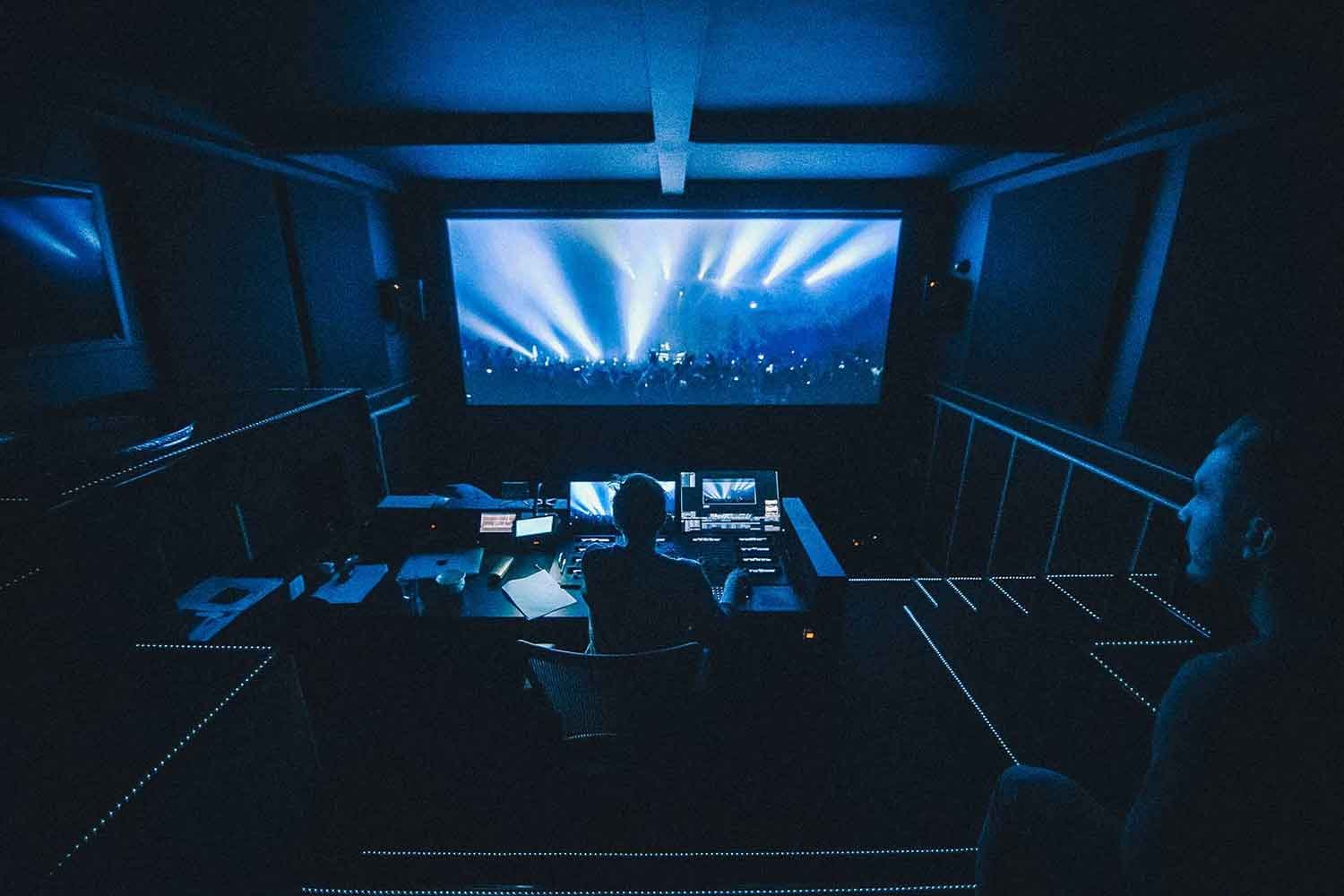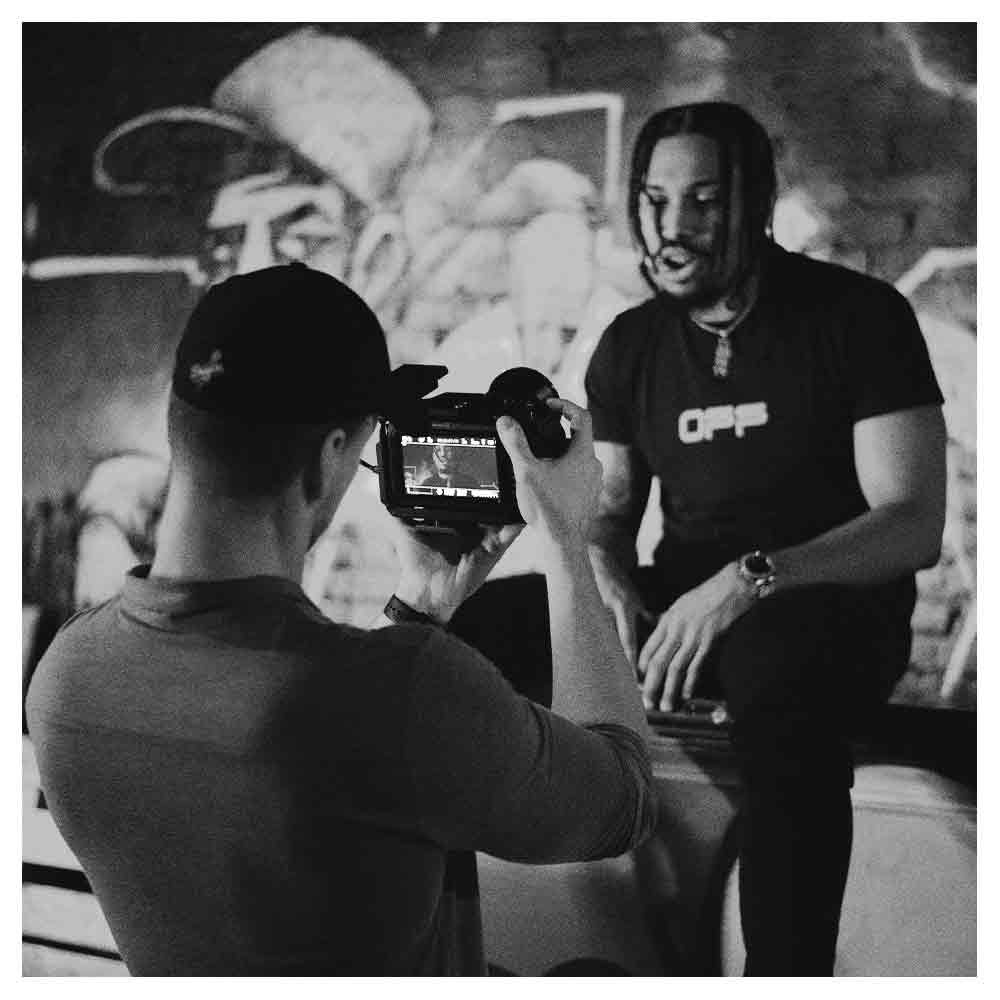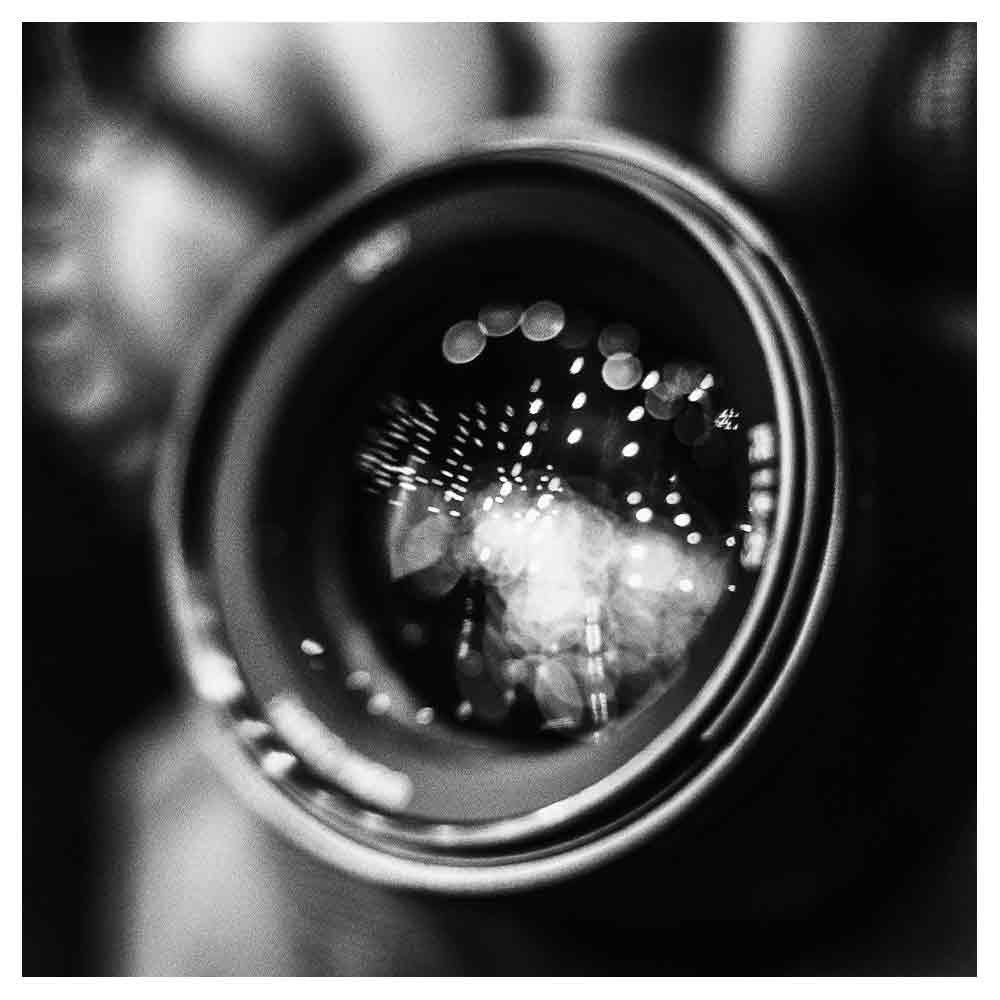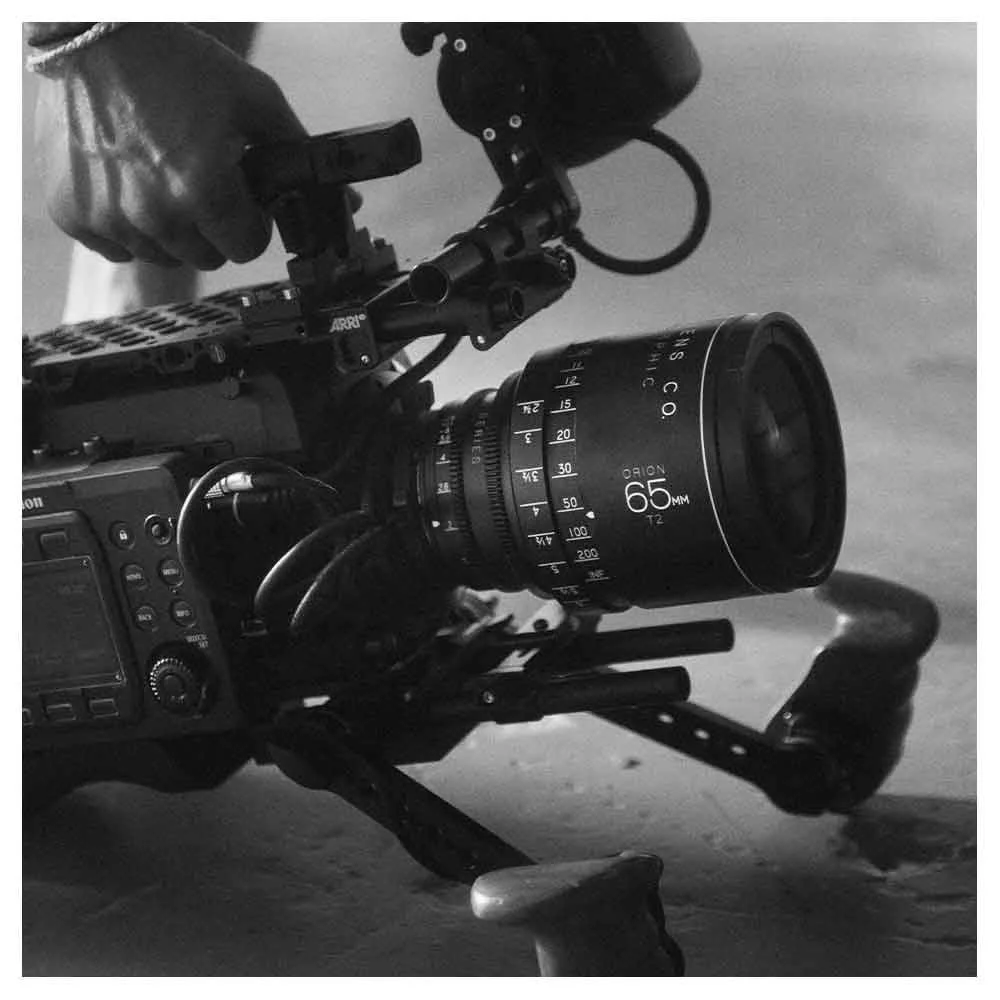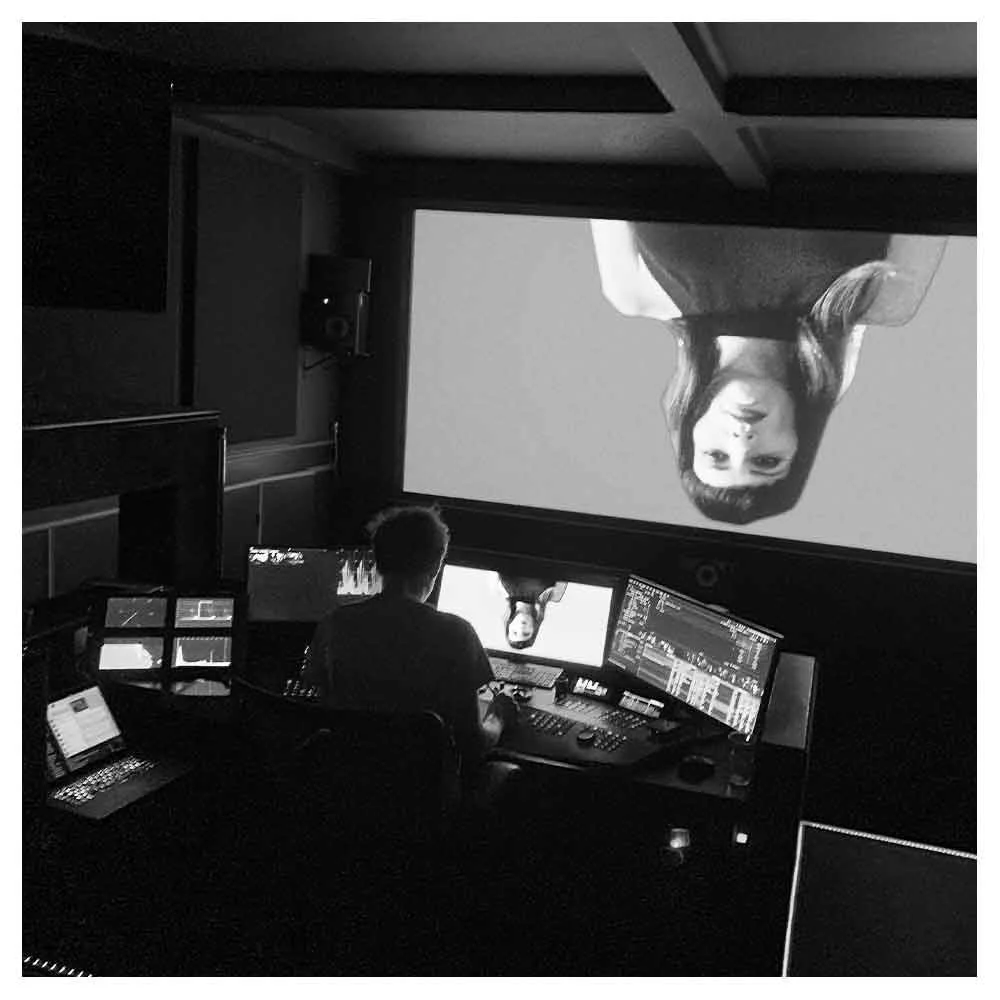What Is A Director's Cut? A Quick Guide to the Art of Re-Editing
If you’re a filmmaker, chances are you’ve heard the term “Director’s Cut” thrown around from time to time. But what is a director’s cut? How do you make one, and what are the benefits of having a director’s cut?
Well, you can stop scratching your head because, in this article, I wanted to provide you with the answers to these questions!
What is a Director's Cut?
Before we hit the ground running, let's define a director's cut definition by answering the question: "What is a director's cut?"
At its core, a director's cut is an alternate version of a film project. Some believe director cuts only apply to theatrically released films by film studios, but commercials, music videos, fashion films, or any other content format can also have a director's cut.
A director's cut can be completely different from the original version of a film and is often seen as closer to the filmmaker's original vision. It offers the project's director more creative freedom and allows them to create a different viewing experience for the audience.
A director's cut allows you - the director - to create an extended version of the final cut and explore different interpretations without worrying about pesky time constraints, market pressures, or film studio, production company, or client interference.
What's the point of Making a director's cut?
A director's cut usually differs from the original release as it may include additional minutes of footage, scenes, shots, visual effects, or even a different color palette that is not included in the final edit shown to the public.
This extended cut can give audiences new perspectives on the project's story and allow filmmakers to add new layers of complexity and depth to their work.
Some director cuts may be released as the original cut of the film. Still, most of the time, director cuts are released as a supplementary version, a side-by-side version of the original version.
Why are the director's cuts better?
As a filmmaker, I love director cuts because they usually offer a viewing experience based on creative decisions to tell a better and more immersive story. For the director's cut, the film director has the final say on the creative vision. Therefore, it is often viewed as artistically purer, which usually makes up for a better film!
When the director has to deal with the commissioner's commercial interests or time and production constraints, they have to make tough decisions, such as which scenes, shots, and style elements to keep and which ones to leave out.
The decision to leave something out or follow a different narrative structure can be challenging when the director knows certain deleted scenes, shots, or story arcs contribute to a better film but must be left out for whatever reason. A director's cut allows them to go back and take another look at their project and ensure that their vision is represented onscreen.
For example, suppose a movie version was initially released with certain scenes removed due to time constraints or creative disagreements. In that case, a director's cut could include those scenes in the extended director's cut and give audiences an expanded look at characters or plot points that were only hinted at before.
Likewise, it could provide additional insight into some of the project's most iconic moments by giving them more context or details that weren't previously included in the theatrical release.
What are The Benefits of Making a Director's Cut?
Unless you fully align with the client version of a project, the benefit of investing time and effort in creating an additional director's cut can help you career-wise.
Because a director's cut is usually based on better creative decisions and telling a better story, it will help you establish yourself as a better storyteller with a more robust body of work.
And because storytelling is the best way to sell a product or service, showing proof of proper storytelling skills will help you better market yourself to new clients!
How To Make A Director's Cut
Making your own director's cut is relatively straightforward if you have access to the original footage and audio recordings from shooting.
You need editing software such as Adobe Premiere Pro, Davinci Resolve, or Final Cut Pro X to start rearranging scenes and tweaking transitions until everything feels right to you—the director.
That being said, be aware that making changes may require additional post-production work (such as color correction and sound design), so keep this in mind when coming up with ideas for how you want your director's cut to look!
Once this is done, you'll have your unique version of your project to add to your portfolio!
Conclusion
Making your own director’s cut is an exciting opportunity if you’re looking to express your creative vision without any external constraints or compromises.
A director’s cut will allow you to explore alternate versions of your project while maintaining control over how viewers will experience your work.
Frequently Asked Questions about director cuts (FAQs)
When is a Director's Cut released?
Director's cuts are typically released after the original project has been released. It used to be done as a special edition on the DVD or Blu-Ray release, but nowadays, the director's cut is released online for many smaller projects.
What is the difference between a Director's Cut and a Theatrical Cut?
The original theatrical cut is the version of the movie released in theaters, while the director's cut is a revised version of the film that has been re-edited or modified by the director.
The theatrical version may have been altered from the director's original vision due to studio interference, time constraints, or other box office factors. In contrast, director's cuts are intended to bring the filmmaker's original vision to the screen in an extended edition without deleted scenes.
What is an Extended Cut?
An extended cut is a longer film version that includes additional scenes or footage not included in the original release. The purpose of an extended cut is to provide a more complete and comprehensive story, with additional character development and plot elements.
An extended cut is often used to provide additional context and background information that was omitted from the original release.
Can a Director's Cut change the outcome of a film?
Yes, a director's cut can change the outcome of a film by adding or restoring scenes that were previously cut. This can change the film's overall tone, mood, or theme and impact the characters' development and narrative structure.
Why are Director's Cuts created?
Director's cuts are created to allow the director to present their original vision for the film, including scenes that may have been cut or altered during the editing process. This can result in a more complete and satisfying viewing experience for audiences.
How does a Director's Cut impact a film's reception?
The impact of a director's cut on a film's reception can vary widely. Some films may receive positive feedback for their director's cut, as it brings the director's original vision to the screen and provides a more satisfying viewing experience.
Other films may receive a negative reception, as the director's cut may alter the original tone or style of the film or may not resonate with audiences in the same way as the original release.
